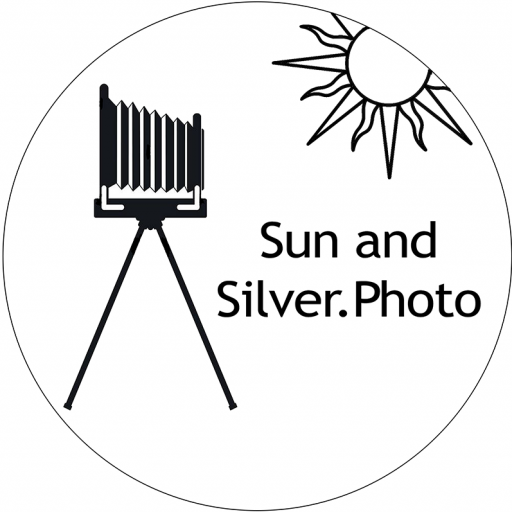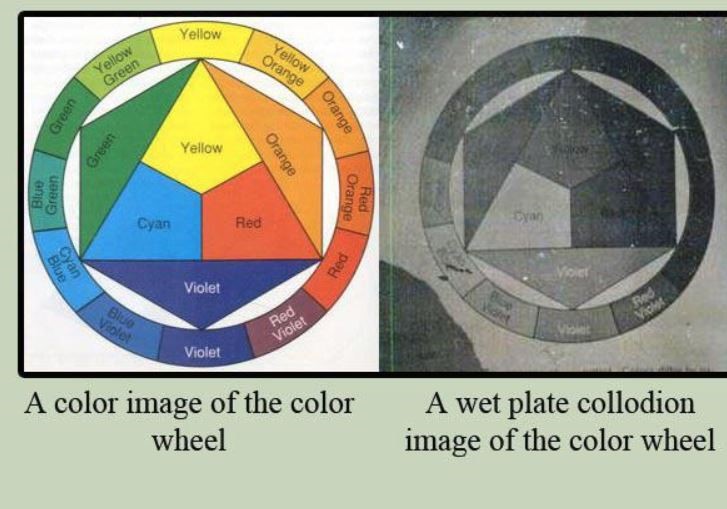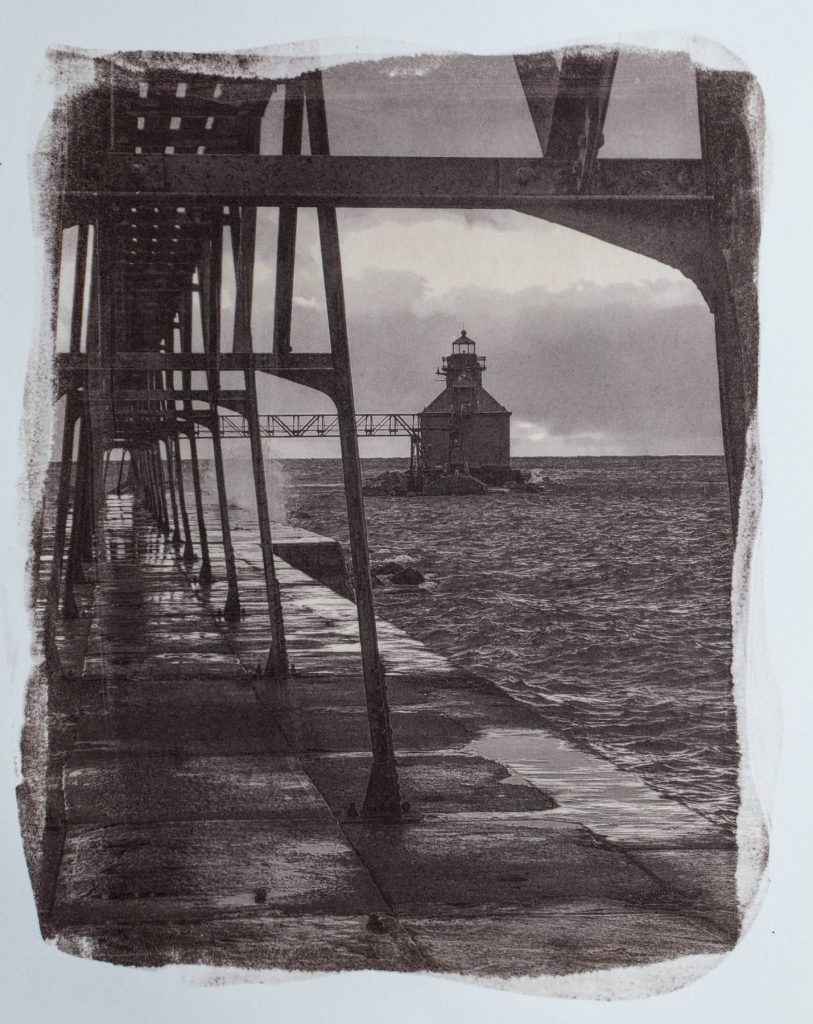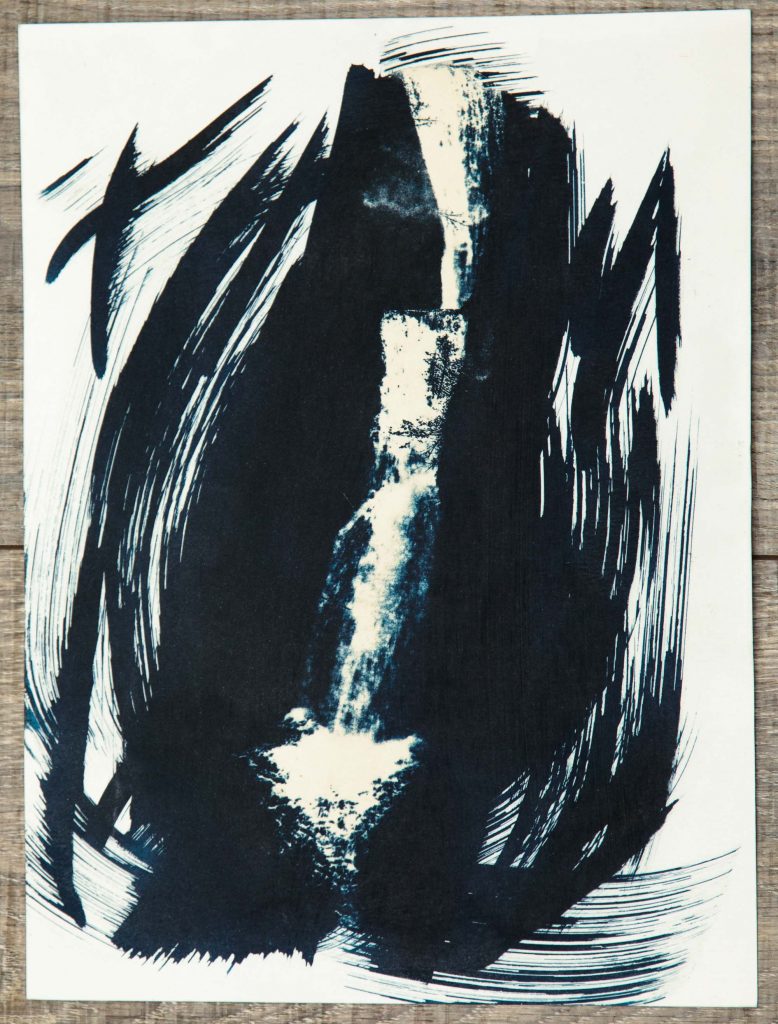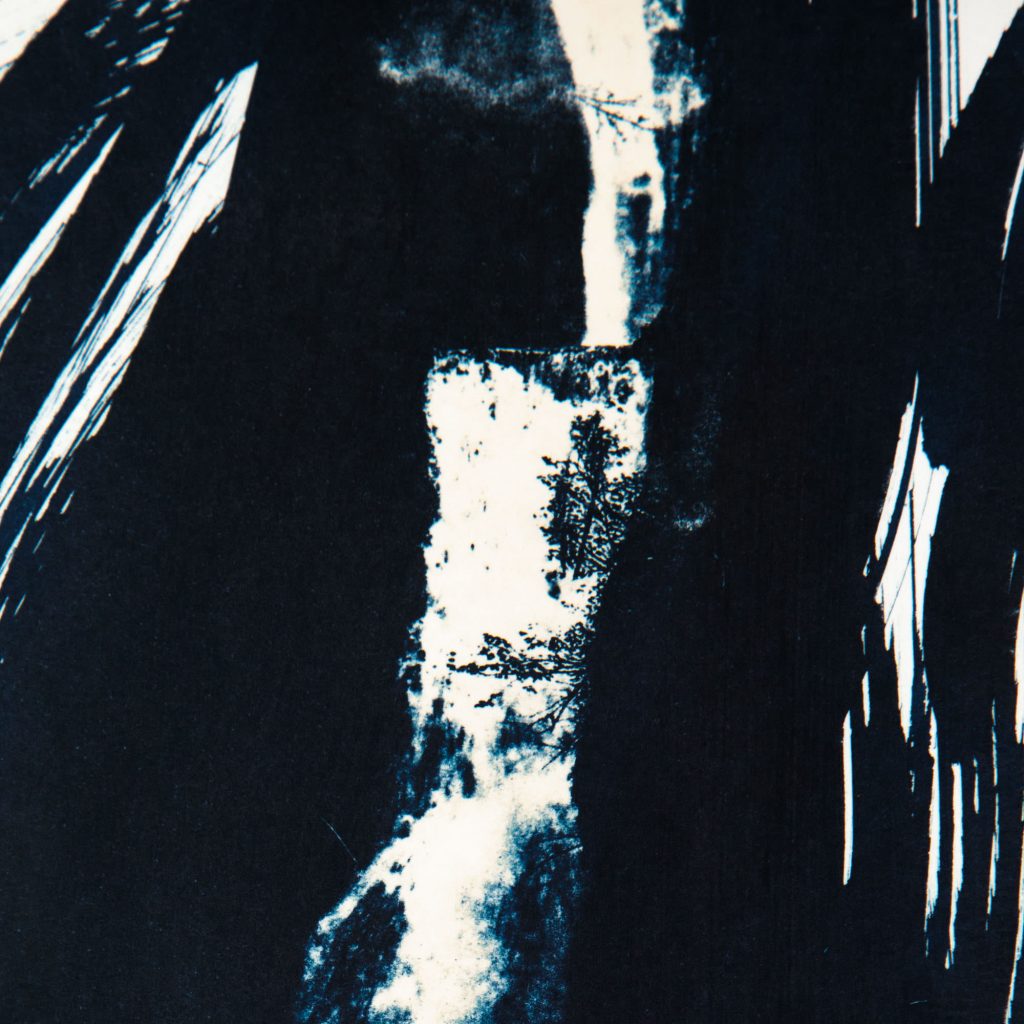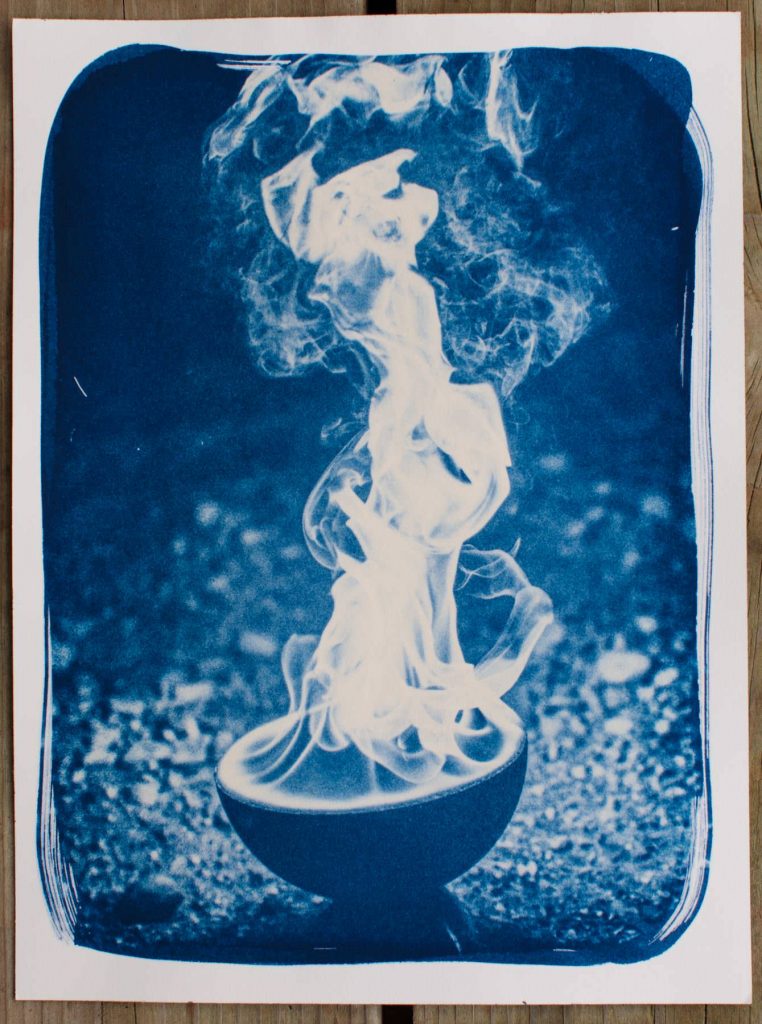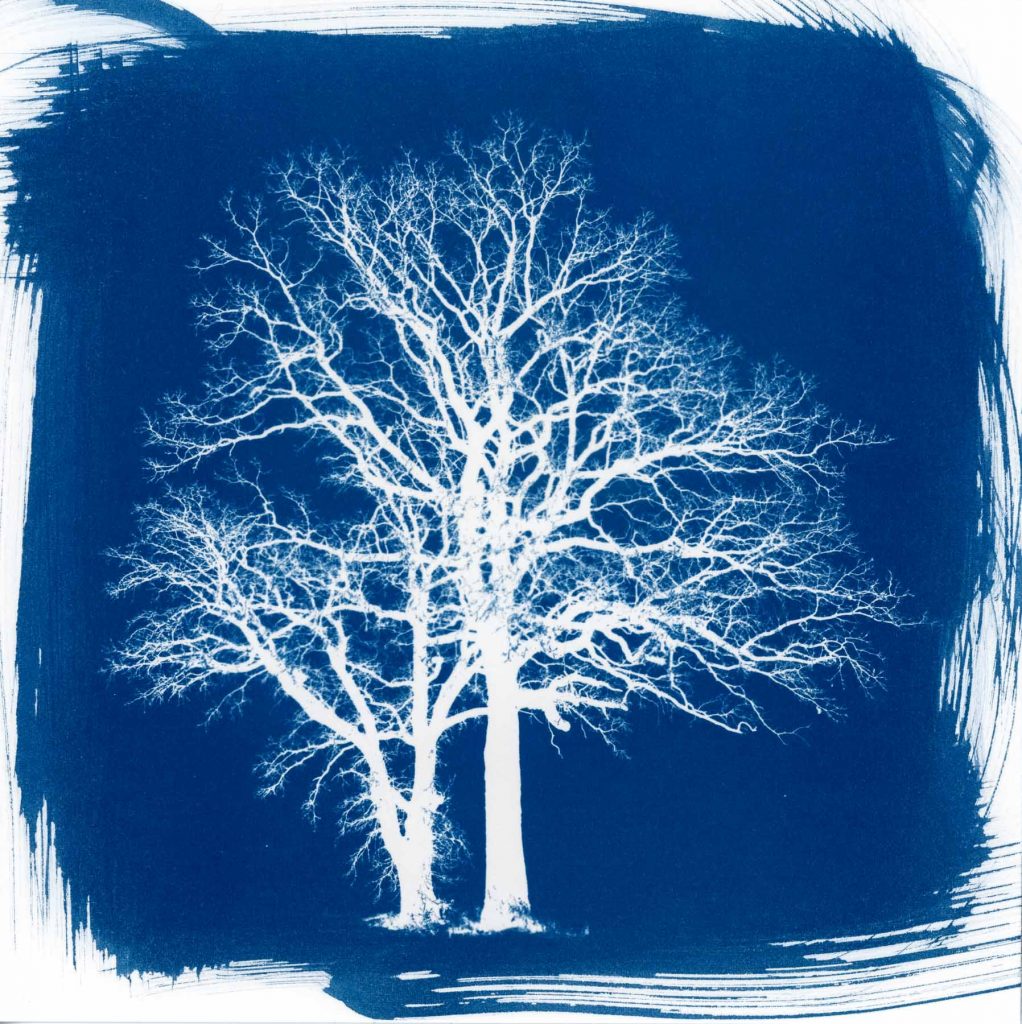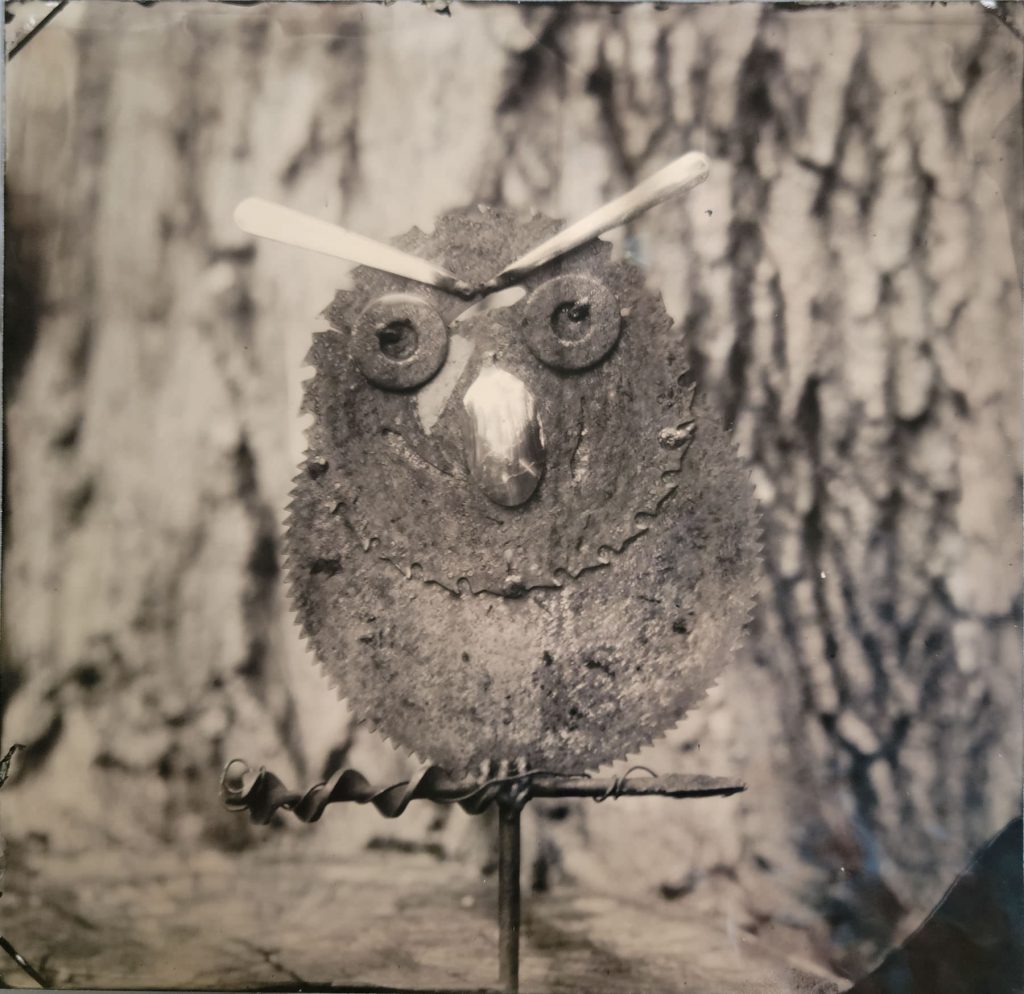Collodion Portrait Session FAQ
So you booked your portrait session.. Awesome – I am so excited!
Collodion sessions are a little bit different from digital photo sessions. The mood is slower paced and much more relaxed. We only produce a small number of images so it pays to plan things out in advance. Collodion is also a one-of-a-kind image process so there is always a bit of randomness to the final image. Of course, the surprise is just part of the fun.
So here are some frequently asked questions..
Go to my Contact / Booking Page
The group size is a function of how much space we have. In the studio we generally are limited to 2 or maybe 3 people. Large groups need to be outdoors to have good light and enough space to get everyone in the frame. The exposure can last from 3 to 10 seconds so it is important that everyone hold as still as possible or they will be blurry. Very young children can be lots of fun!
I welcome pets but the quality of the picture does depend on them being able to hold still for a few seconds!
Usually an hour to an hour and a half. Depends on how many images we want to produce. Each image will take about 20 minutes total time.
No! The actual posing time is less than 10 seconds. The rest of the time is spend preparing the plate and developing it after exposure.
My preference is to use natural light for portraits. I think it is the most flattering. But I can use flash photography if there is no sun or we are shooting indoors. The flash is very bright!
Anything you want! Because of the special nature of collodion people usually put more thought into their wardrobe. Sometimes people like to wear period clothing to keep the “antique” vibe. While others go for a more casual style. But anything that makes you feel special is great. Generally it is better to avoid busy patterns as they can be distracting.
Collodion is a black & white process (monochrome). So colors come out in special ways. Here is a handy guide:
White looks white
Black looks black
Blue comes out white to light grey
Green will turn out dark grey to black
Red is dark grey
Orange is the new black
Here is a color wheel showing how colors come out in collodion
What is the process for taking my portrait?
We will set up the location and poses
I will get the camera adjusted and focused
You get to chill for about 5-6 minutes while I go into the darkroom to get a plate ready
Do the real pose and take the picture
It will take 3-5 seconds to get the picture so you will need to hold as still as possible for this time!
Back to the dark room to develop the picture – less than 5 minutes
I will bring the picture out into the light and you can watch the image emerge in the “fixing” bath
The picture goes into the rinse and we can setup for another picture!
When do I get my picture?
The plate will need to be varnished and mounted (if you ask for framing). Most always your finished plate will be ready within 24 hours. I always varnish the plates to protect them. My current varnish is a mixture of Frankincense and lavender oil and this requires a bit of time to cure and harden. If you are not local to pickup I will ship the final plates and you should have them within 3-5 days.
Haven’t book yet? Well click here for my portrait booking page!
